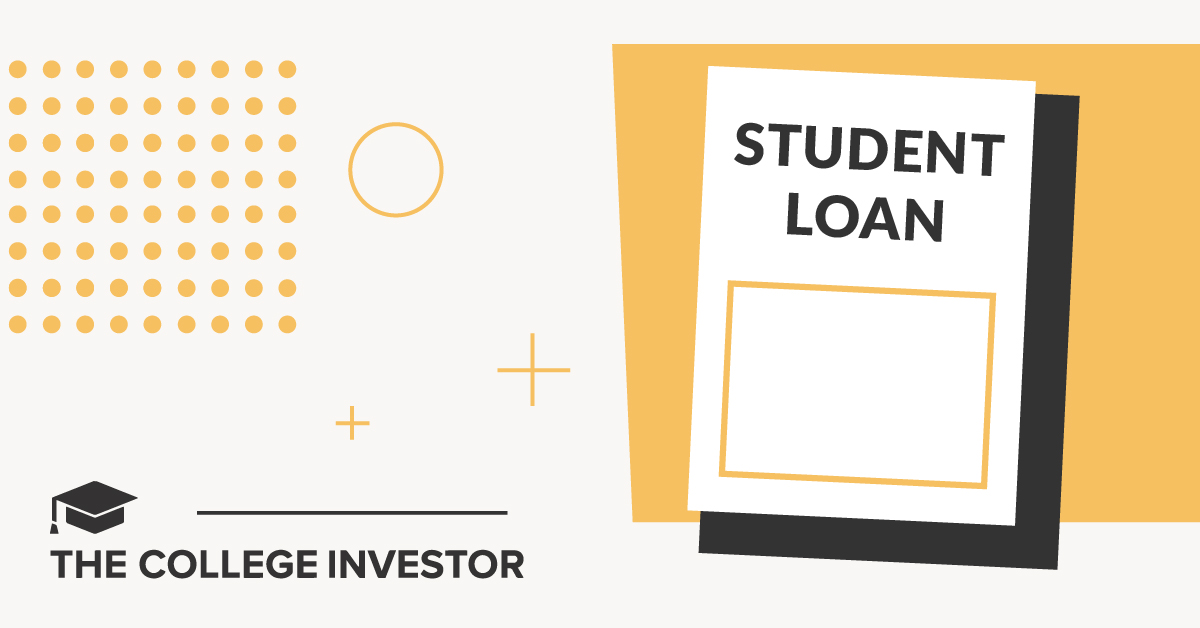Student Loan Borrowing Limits For 2025 And 2026


Did you know that there are student loan borrowing limits? And while Congress is thinking about changing them, here are the current limits you need to know for this year.
If you need to borrow money to pay for college, federal student loans are usually your first choice. Federal student loans are generally more affordable than private student loans, and they offer generous repayment plan options – even loan forgiveness!
However, the government sets limits on how much you are able to borrow for school (at least for some students).
Let’s explore the student loan borrowing limits and what happens if you need more money.
The amount you can borrow varies based on a few factors. These include:
Dependent students are listed on someone else’s tax returns, which tends to come with lower borrowing limitations.
Here’s the breakdown of student loan borrowing limits.
Direct loans, otherwise known as Stafford loans, have set borrowing limits in place based on your dependency status.
Direct loans come in two flavors. Subsidized Direct loans involve the federal government covering your interest payments until you graduate or reach the end of your deferment period. In contrast, unsubsidized loans means that you are responsible for the interest that starts accruing on the loan as soon as you take out the loan.
As a dependent student, here’s how much you can borrow.
|
Total Annual Borrowing Limit for Dependent Students |
||
|---|---|---|
|
Second-Year Undergraduate |
||
|
Third-Year Undergraduate (applies to subsequent graduate years) |
Additionally, you’ll need to keep the aggregate loan limit in mind. As of writing, you can borrow up to $31,000 in federal student loans. But only $23,000 of this total amount can be subsidized loans.
Independent students don’t appear on anyone else’s tax returns. Based on this distinction, you can borrow more than dependent students.
Keep in mind that dependent students whose parents were unable to obtain PLUS Loans can also tap into these higher loan limits.
|
Total Annual Borrowing Limit for Independent Students |
||
|---|---|---|
|
Second-Year Undergraduate |
||
|
Third-Year Undergraduate (applies to subsequent graduate years) |
||
|
Graduate or Professional School |
The aggregate limit is also higher for independent students. Currently, independent students can borrow up to $57,500 for their undergraduate education. However, only $23,000 of this amount can be subsidized loans.
Parents of an undergraduate student have the option to take out a Parent PLUS Loan. The funds from the loan can help you fund your child’s education.
Graduate students can also take out a Grad PLUS loan.
At the moment, PLUS loans have no set borrowing limits. However, you cannot borrow more than the cost of attendance. If you have questions about the cost of attendance, or any qualifying financial aid, reach out to your child’s school.
Note: The current proposals in Congress are to eliminate Grad PLUS Loans and put new limits on Parent PLUS Loans. You can see the latest updates on student loan changes here.
For some, the federal student loan borrowing limits offer plenty of breathing room.
But others might feel the pressure to borrow more. If you are concerned about needing to borrow more, here are some tips to help you minimize student loan debt:
College is undeniably expensive. But with a little bit of financial creativity, you could avoid hitting the federal student loan borrowing limit.
It’s not always feasible to get creative. If you need to borrow more money to cover your education, federal student loans aren’t the only solution. Private student loans are also an option for students.
In general, private student loans have higher interest rates. But you won’t face the same borrowing limitations that you find with federal student loans.
If you need to take out private student loans, take the time to compare all of your options. Shop around to find a lender offering relatively low rates and terms you are comfortable with.
Some considerations include:
For example, some lenders allow you to start making payments after graduation.
Want help shopping for a private student loan? Explore top options today.
In general, you can borrow private student loans
up to the cost of attendance provided by your school. This can be a significantly higher amount than you would get with just Federal student loans.
The cost of attendance includes tuition, room and board, books, and more.
Some private loans have lower limits or even total aggregate limits.
The borrowing limits on federal student loans might mean you need to find a creative way to fund the remaining cost of your education.
If possible, boost your income during college by picking up a side hustle or traditional part time job. With some income, you can avoid taking on any extra student loans. If it’s not possible to balance your coursework with an income stream, private student loans can help you make up the difference.
More Stories:

Every big goal starts with a plan, and your finances are no different. For anyone trying to get out of...

Subscribe to From the Forum A newsletter from the Aspen Institute’s Economic Opportunities Program. Subscribe for highlights from the 2025...

Splash Financial has made a “splash” in the student loan market by offering some of the best rates and best...